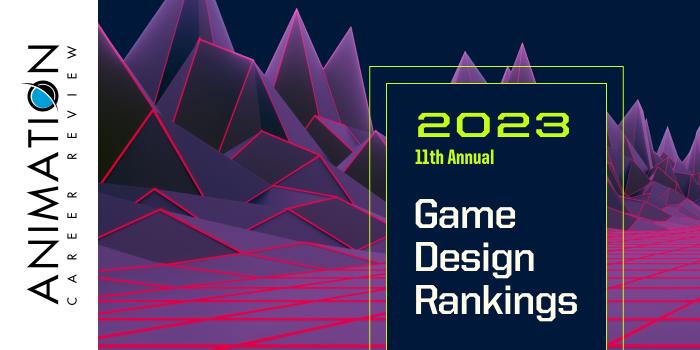SMU Guildhall at Southern Methodist University (SMU) launched in 2003 with 32 full-time students. When it opened, the Guildhall became the first graduate-level digital game development program of its kind. Today, SMU Guildhall is the only video game education program with specializations in the four key areas of game development.
SMU Guildhall has partnerships with hundreds of studios and companies across the globe. Some 860+ SMU Guildhall alumni have worked at more than 270 studios worldwide. Examples of Guildhall industry partners include Epic Games, Microsoft Game Studios, Disney Interactive, Riot Games, Blizzard Entertainment, Gameloft, Insomniac Games, Bungie, Samsung, Gearbox Software, Unity, Bethesda, and Softworks.
Other Guildhall highlights include workshops, lectures, professional development coursework, career fairs, guest speakers, mentorship programs, team game projects, and portfolio reviews.
SMU Guildhall at Southern Methodist University has two pathways to study game design—the Master of Interactive Technology (MIT) in Digital Game Development (thesis required) and a Professional Certificate in Digital Game Development (no thesis). Guildhall specialization options include Production, Software Development, Level Design, and Art Creation. Students will develop a minimum of three industry-ready 2D and 3D games to graduate.
Southern Methodist University has several additional program options for game designers. Meadows School of Art houses the Division of Art, home to the Art BFA Program. In collaboration with the Guildhall, the BFA Program allows students to add the Art Creation or Level Design Specialization offered in the MIT Digital Game Development Program.
Lyle School of Engineering houses the Computer Science Department, home to the Computer Science BS Program. Core requirements for the program include Programming Languages, Graphical User Interface Design and Implementation, Digital Computer Design, Software Engineering Principles, and Assembly Language Programming and Machine Organization.
SMU CS students may add the 10 credit-hour Game Development Track, which consists of Programming for Commercial Game Engines, Software Development for Games, Team Game Production, Math and Physics, and the culminating Gaming Design Project.
Graduates of the Game Design Programs at Southern Methodist University have worked at more than 270 game studios and tech companies around the world. They have worked on games such as Game of Thrones, Call of Duty, Fortnite, Assassins Creed, Grant Theft Auto, League of Legends, Atlas, Batman, Days Gone, Doom, God of War, Diablo, Marvel Avengers, Disney Infinity, Elite Force, and Guitar Hero.
Examples of companies of companies and studios that have hired SMU graduates include Epic Games, Blizzard Entertainment, Electronic Arts (EA), Google, Oculus VR, Insomniac Games, Microsoft, Disney Interactive, Bioware, Samsung, Zenimax Online Studios, Bungie, Sony, Gearbox, Ubisoft, Bethesda Softworks, and Obsidian Entertainment.
Founded in 1911, Southern Methodist University enrolls more than 12,000 students from all 50 states, DC, and 90 foreign countries. SMU offers 250 programs at all degree levels across seven colleges and schools. Southern Methodist University is accredited by the Southern Association of Colleges and Schools Commission on Colleges (SACSCOC). The school is also an accredited institutional member of the National Association of Schools of Art and Design (NASAD).







